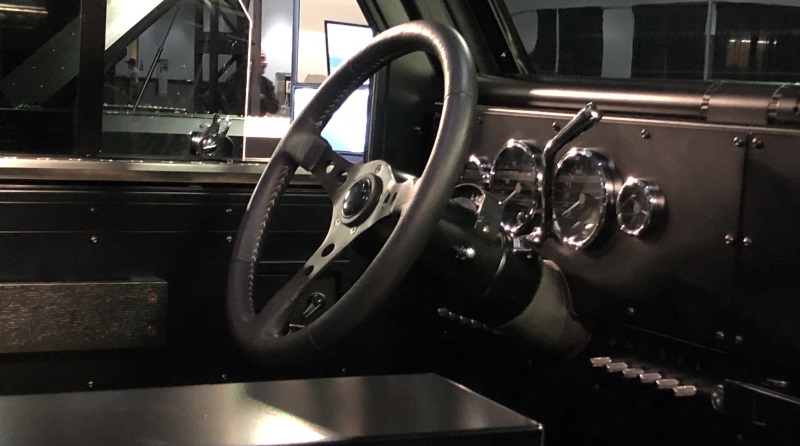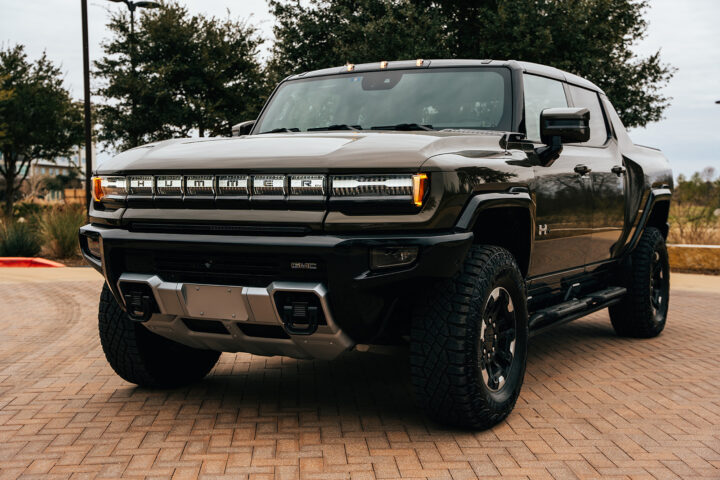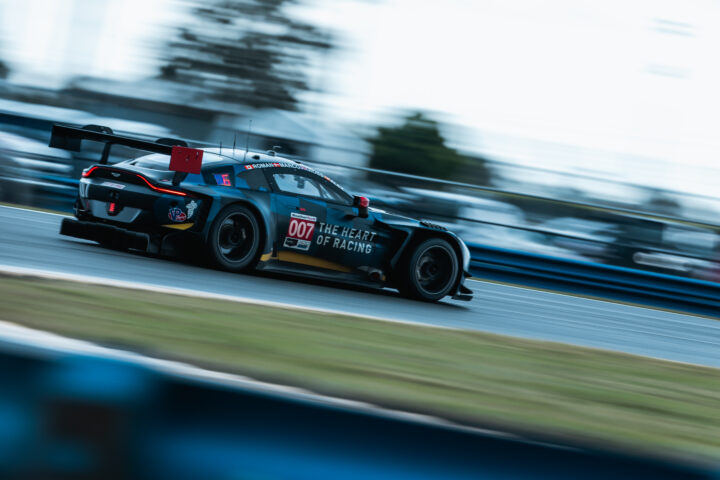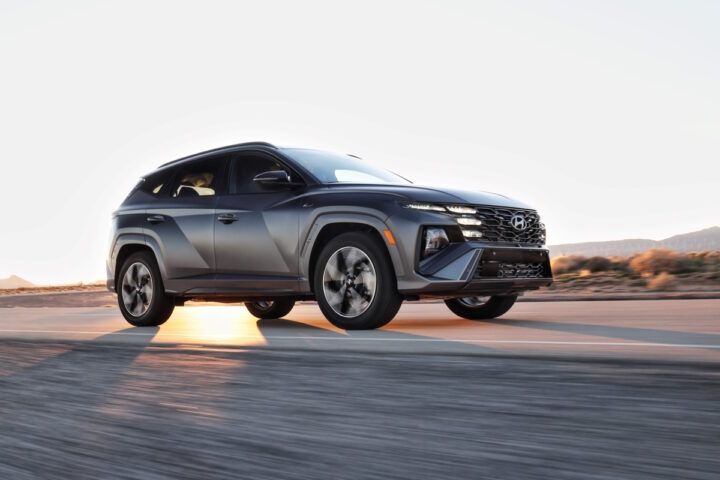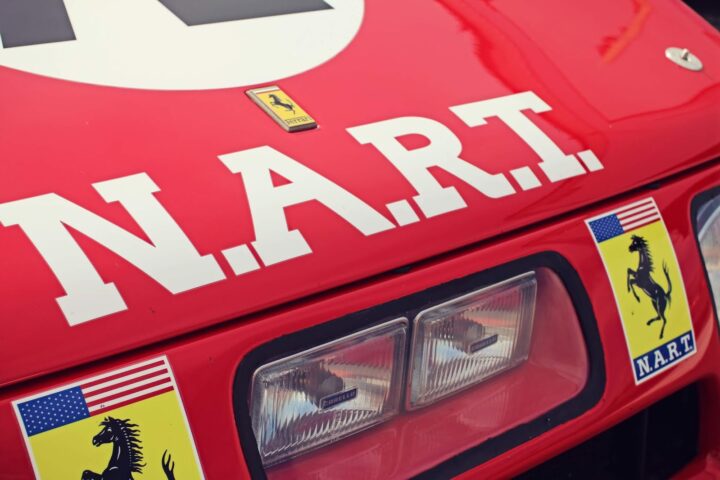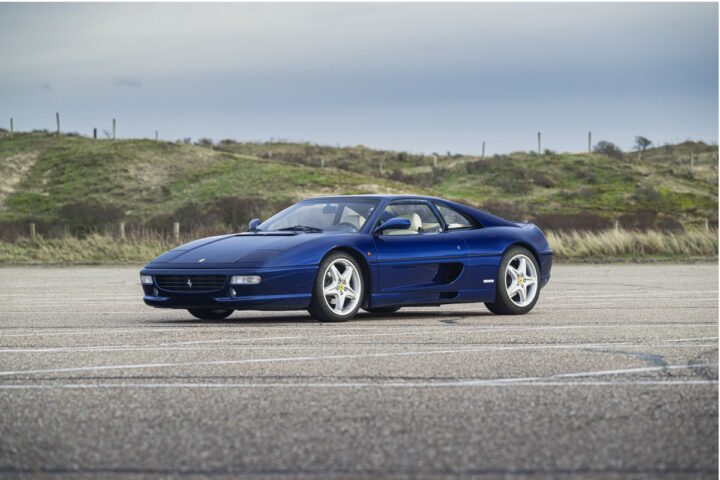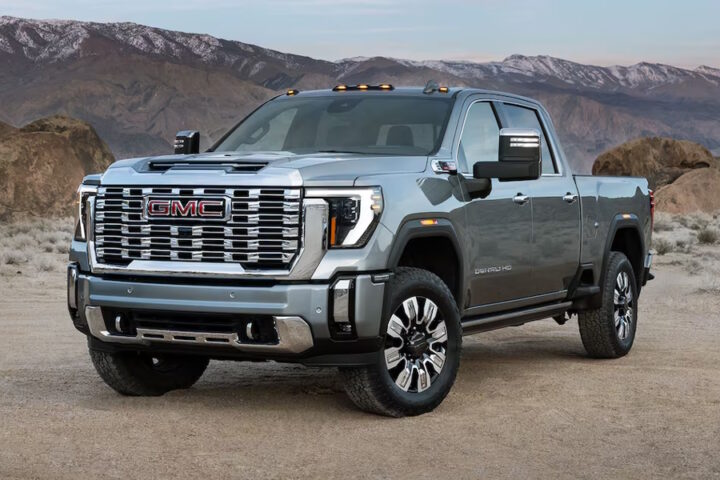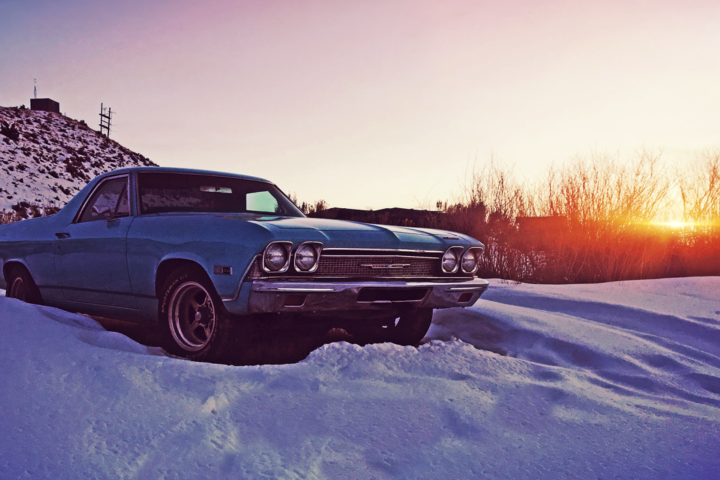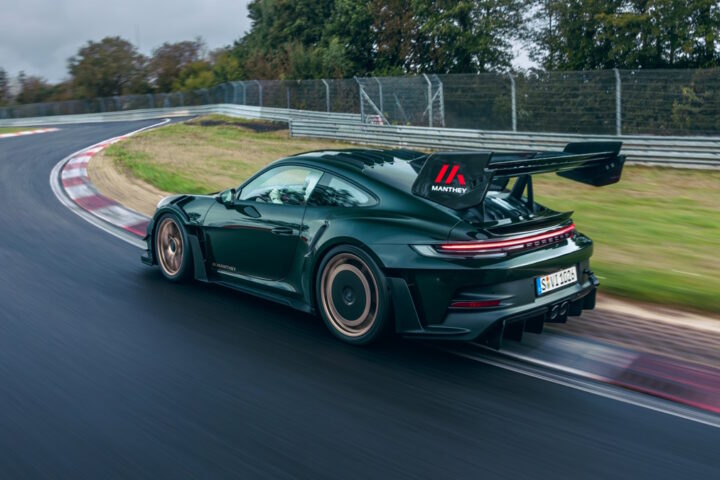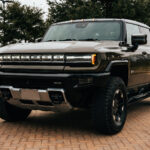People ask me all of the time what car to buy, almost every time I tell them that it is hard to buy a bad car these days, so buy what they like. It’s not because I am super passionate about the Subaru Crosstrek or a Dodge Charger, it’s because automakers are all making really good cars. Even though they are few and far between, from 2010-2019 automakers did give us some duds.
While most sites are rounding out their year with awards, I thought it would be more fun to look at some of the worst cars that hit the market over the last decade.
Mitsubishi Mirage (2012-Present)
While I did say that it is really hard to buy a bad car these days, if there was one car that I would tell people not to buy, it is the Mirage. It looks like the cheapest car you could possibly buy, but at the time you could buy a Nissan Versa or a Chevy Spark for less, both arguably better cars. The interior looks stripped down even for cars in this price range, when pushed the car feels like it is on the ragged edge, and if you have one with the CVT it always feels like it is on the edge.
Aston Martin Cygnet (2011-2012)
Only government regulation could take one of the most iconic sports car brands and turn it into a neutered city car no one wanted. Designed to help Aston Martin meet European fleetwide emissions standards and was just a rebadge Toyota iQ. Aston was hoping to sell 4,000 Cygnets annually, but after just two years they pulled the plug having only sold 300 units. Its awkward styling and the fact that it was three times the price of the Toyota it was based on.
Lincoln MKT (2010-2019)
Launched in 2010 the MKT was Ford’s attempt to fill the gap left in the Lincoln line effectively replacing the Lincoln Aviator and the Lincoln Towncar. Based on the Ford Flex and sharing nearly everything under the skin it never offered the luxury or refinement of any of the European luxury wagons on the market, plus just look at it. Sales peaked the first year it was introduced and for 2018 just 2,324 were sold.
Toyota Mirai (2014-Present)
Toyota has always had a way of creating very good, but underwhelming cars, the Mirai is the best representation of this. As one of the first mass-market hydrogen fuel cell vehicles, the Mirai was positioned to be an aspirational car for those looking to score planet-saving points competing head to head with Tesla. Instead, the Mirai’s clumsy design combined with the lack of hydrogen infrastructure made the Mirai one of the brand’s biggest misfires, selling just over 4,600 units in all of North America. Toyota’s next-generation Mirai features more conventional styling that might sway more buyers, but it remains to be seen.
Fiat 500L (2012-Present)
Fiat won me over early with the new 500, it was fun, cheap, and the Abarth models were sporty and exciting to take out to the track. The styling was funky but not in a good way like with the original Fiat 500 Multipla that it was attempting to ape, while not a bad car, with the option of the much better looking Fiat 500X for just $2,500 more, having sold less than 1,500 cars in 2018, I don’t know why the 500L didn’t join the 500 and 500e on the chopping block in 2019.
David Brown Speedback (2014-Present)
Ford EcoSport (2012-Present)
My first impression of the EcoSport was that it looked like a vehicle I would see in the backroads of Nicaragua or Indonesia, a car built for a developing market that would never appeal to buyers in the US. Based on a Fiesta it is the flagship for why making every car into an SUV is a bad idea. It doesn’t offer great cargo space, has a funky rear door, and it is Ford’s first vehicle sold in the USA that is built in India. Ford did sell 54,348 EcoSports in 2018, but to put it in perspective they sold 272,228 Ford Escapes.
Local Motors Rally Fighter (2010-2016)
The Rally Fighter was an ambitious project that could have been a lot cooler had it every actually brought home some rally victories, but other than a claim to fame of being the first crowdsourced production vehicle the $99,000 Rally Fighter never really developed out of being a novelty for wealthy eccentrics. The company now is building and testing an autonomous bus called OLLI and is not selling any vehicles to the public.
Maserati Ghibli (2013-Present)
The Ghibli is a car you wouldn’t mind for a summer fling but you wouldn’t want to take it home to meet your family. With beautiful Italian lines, an amazing sounding twin-turbo V6 offering up to 424hp, and all the luxury you would expect for a car starting at over $70,000. It is easy to fall out of love with the Ghibli thanks to its shockingly bad interior ergonomics and shoddy build quality, there is a reason why you can find low mileage Ghibli’s for under $20,000 on the used market.

